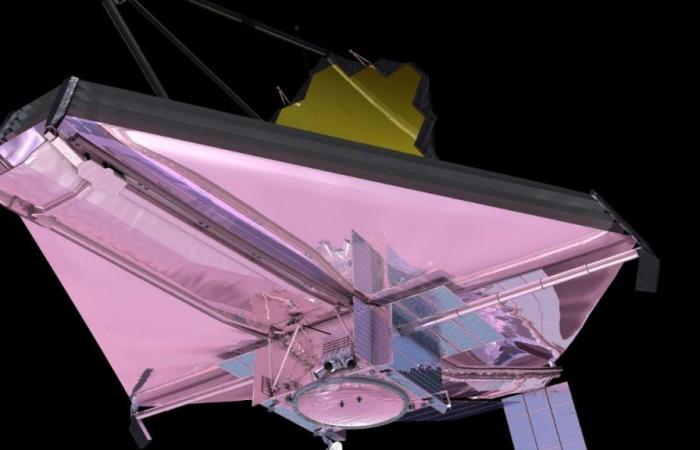For the first time, the James Webb Space Telescope of the POT used its near-infrared camera (NIRCam) to capture never-before-seen details in the Serpens Nebula, a region where new stars. On this occasion, the camera revealed a phenomenon that astronomers had been hoping to observe for a long time.
Thanks to James Webb Space Telescope A group of protostellar jets was identified, which are gas flows expelled by stars newly formed. These jets usually have different orientations, but for the first time, they were all pointing in the same direction.
This discovery, possible thanks to the excellent resolution of the Webb telescope and its ability to detect in the near infrared, provides valuable information about the formation process of stars.
Klaus Pontoppidan, researcher at the Jet Propulsion Laboratory of the POT in Pasadena, California, commented: “Astronomers always thought that when clouds collapse to form starsthese tend to rotate in the same direction.”
“But this has never been observed so clearly. These aligned structures are a historical record of how rocks are formed. stars in a fundamental way,” he explained.
When a cloud of interstellar gas is compressed, it spins faster and faster. For the core material to continue collapsing, it needs to lose some of its spin. There, a disk forms around the young woman star which facilitates this process, and the magnetic fields within the disk launch the material in opposing jets that emerge perpendicular to the disk.
In Webb images, these jets appear as thick, bright red lines.
Joel Green, principal investigator at the Space Telescope Science Institute in Baltimore, explained: “This area of the Serpens Nebula, known as the North Serpens, can only be seen clearly thanks to the James Webb Space Telescope. Now we can see these stars extremely young and their exit jets, which were previously only detected as spots or were even invisible at optical wavelengths due to the thick dust that surrounds them.
The researchers also noted that certain forces can change the direction of the jets during this early phase of an organism’s life. staras in the case of stars binaries that alter their orientation by rotating around each other.
Located 1,300 light years from Earth, the Serpens Nebula is very young in cosmic terms and houses a dense cluster of stars In training. This region has also been the scene of other discoveries, such as that of the “bat shadow”, visible thanks to previous data from the Hubble telescope.






